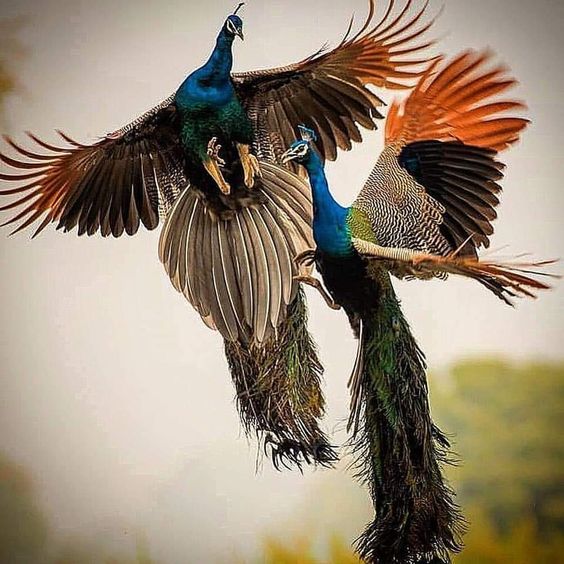The Asian peacock has been adored by several cultures for centuries, thanks to its intricate patterns and vibrant colors. This blog post aims to delve into the beauty of this magnificent bird and explore why it holds such a revered status.
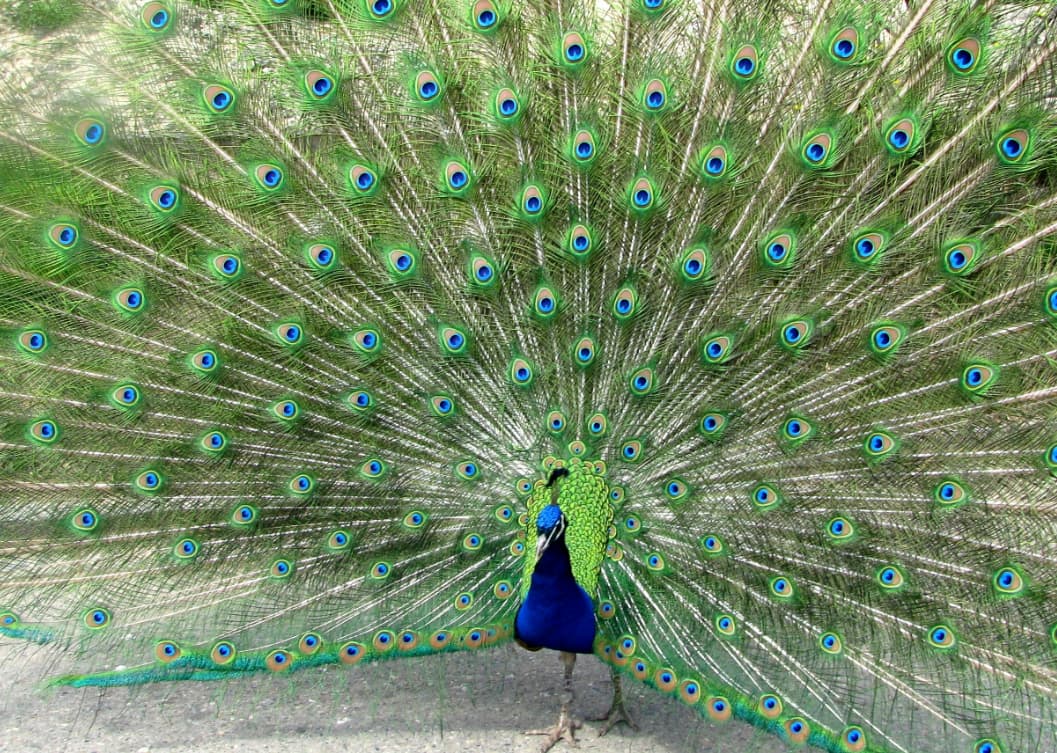
The magnificent plumage of an Asian peacock is the first thing that catches anyone’s eye. The male bird, in particular, is adorned with striking and vibrant colors that are found in nature. Its tail feathers, referred to as the train, are long and flowing, making it one of the most breathtaking features of the bird.
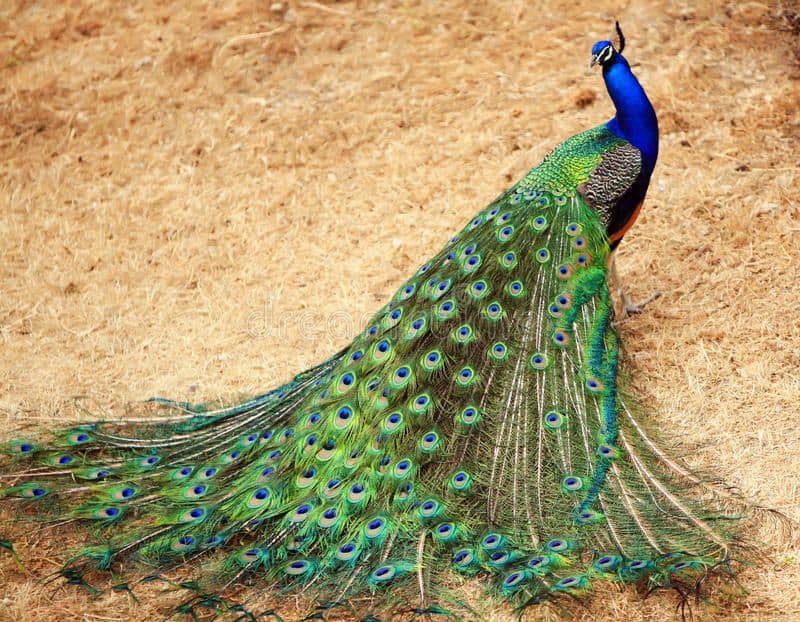
The bird’s train spans up to six feet and is adorned with a series of iridescent feathers that gleam in the sunlight. The hues of the feathers vary from deep blues and greens to vibrant golds and oranges, and they are arranged in a complex design that is distinctive to each individual bird.
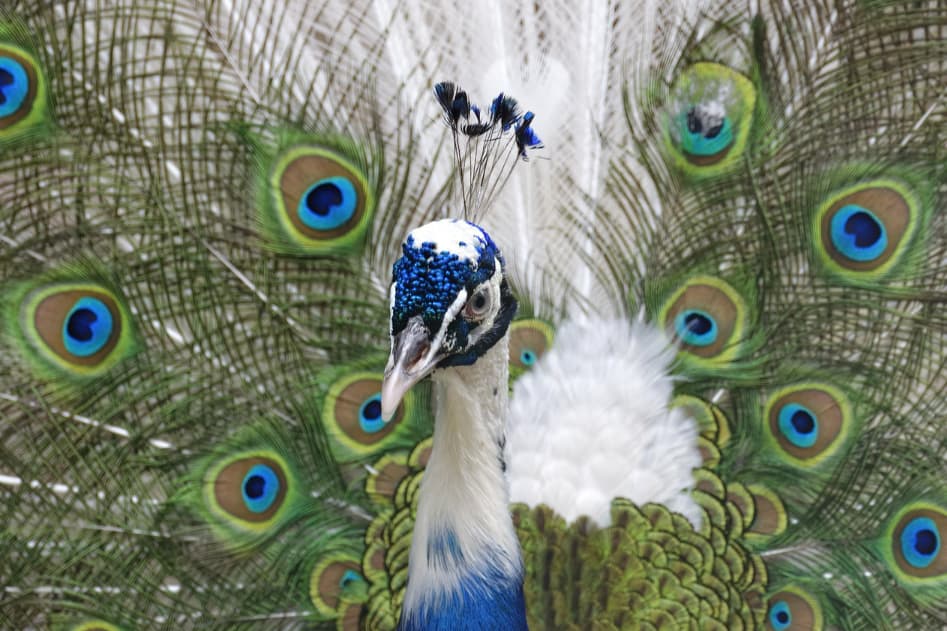
The feathers on a peacock’s train serve both functional and aesthetic purposes. During mating season, the male peacock will spread his feathers to attract potential mates. He will strut around displaying a mesmerizing display of color and movement that cannot be overlooked.
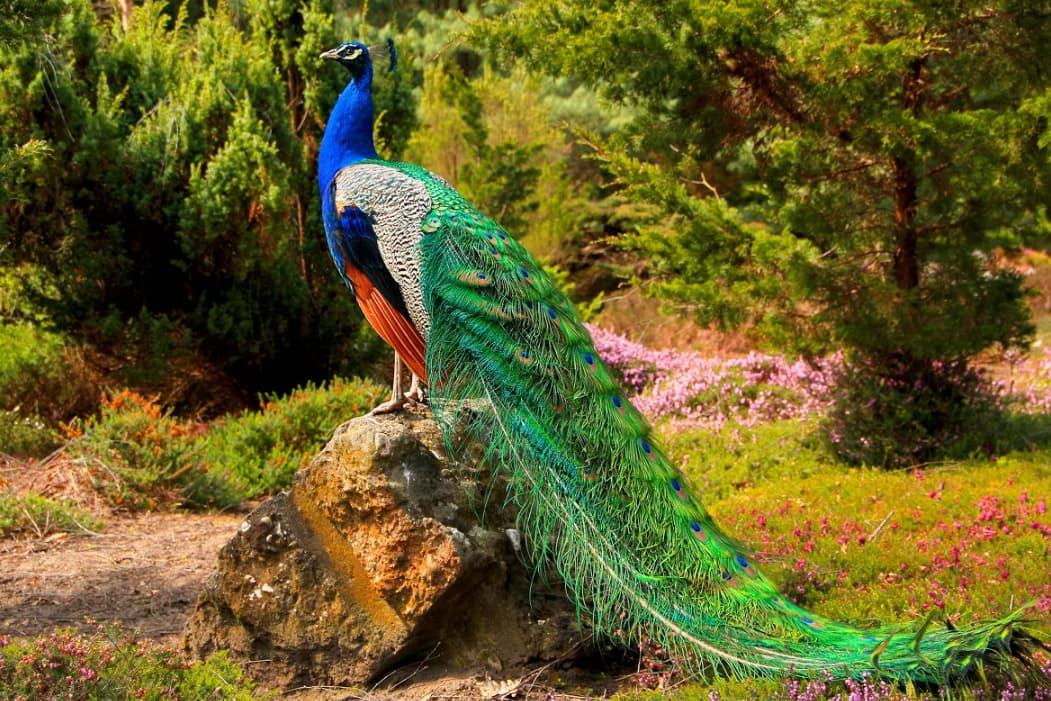
When it comes to peafowl, also known as peacocks and peahens, the females are the ones who choose their mate based on the male’s impressive train. This process is called sexual selection and has been studied extensively by scientists as an example of how beauty can evolve through natural selection.
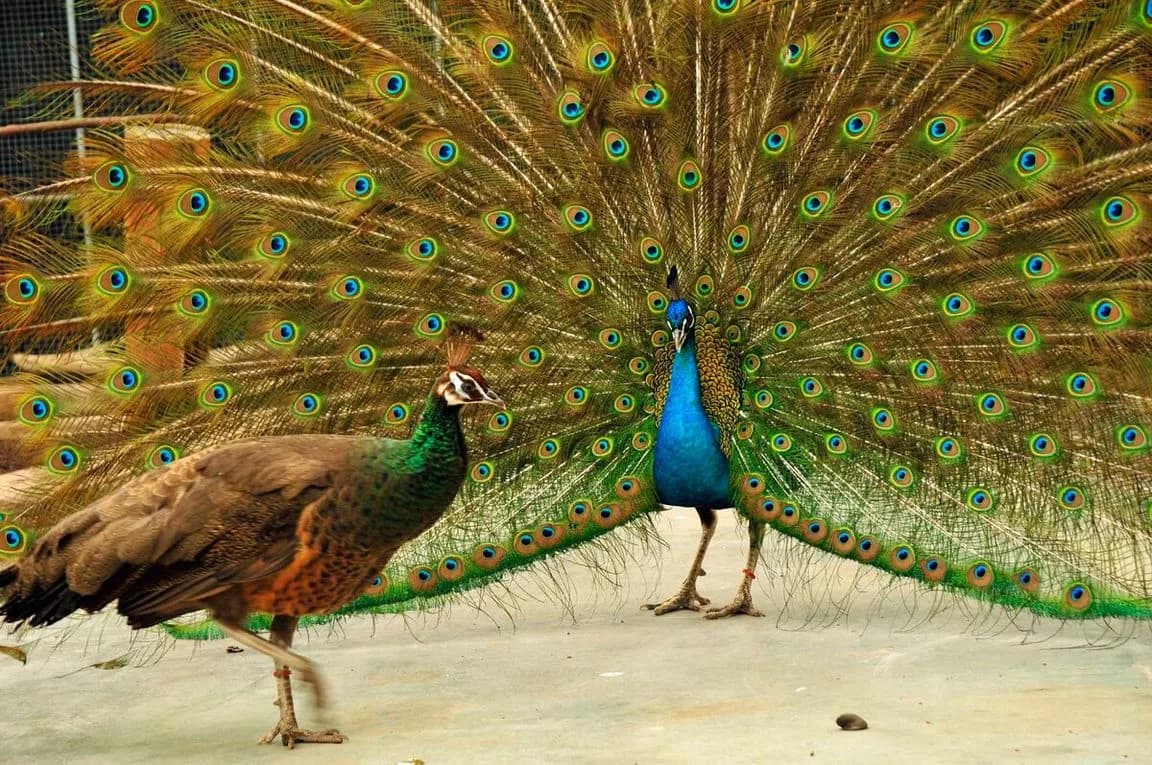
Aside from the magnificent tail feathers, the peacock boasts of beauty in other aspects as well. The bird’s head and neck are adorned with feathers that showcase a stunning blend of blue and green, while its body flaunts a deep brown hue. Male peacocks, in particular, have striking feathers on their heads that form an impressive crest, which they can raise or lower depending on their current disposition.
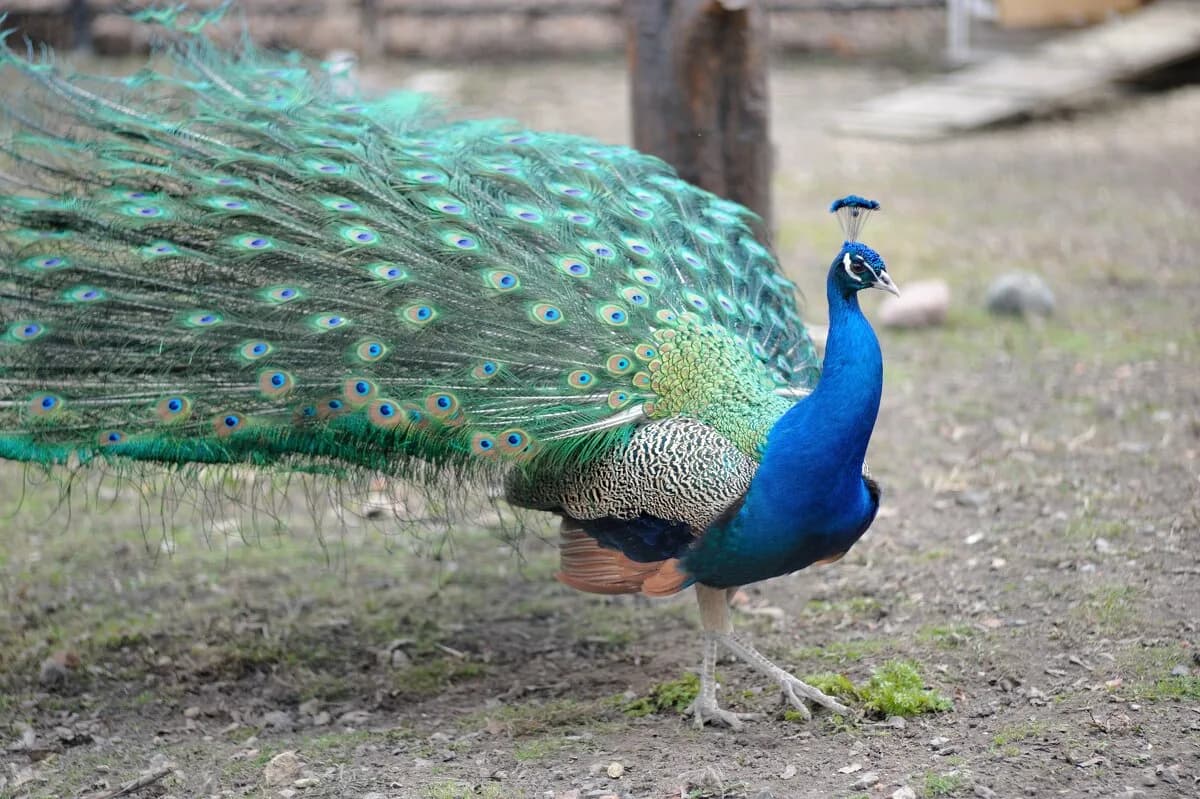
The peacock’s beauty is enhanced by its distinctive eyespots, circular patterns that resemble eyes and are present on both the bird’s train and body. These spots typically have a deep blue or green color, surrounded by a ring of gold or bronze. Scientists believe that these eyespots serve as a form of protection for the peacock, as they can startle predators and provide the bird with an opportunity to escape.
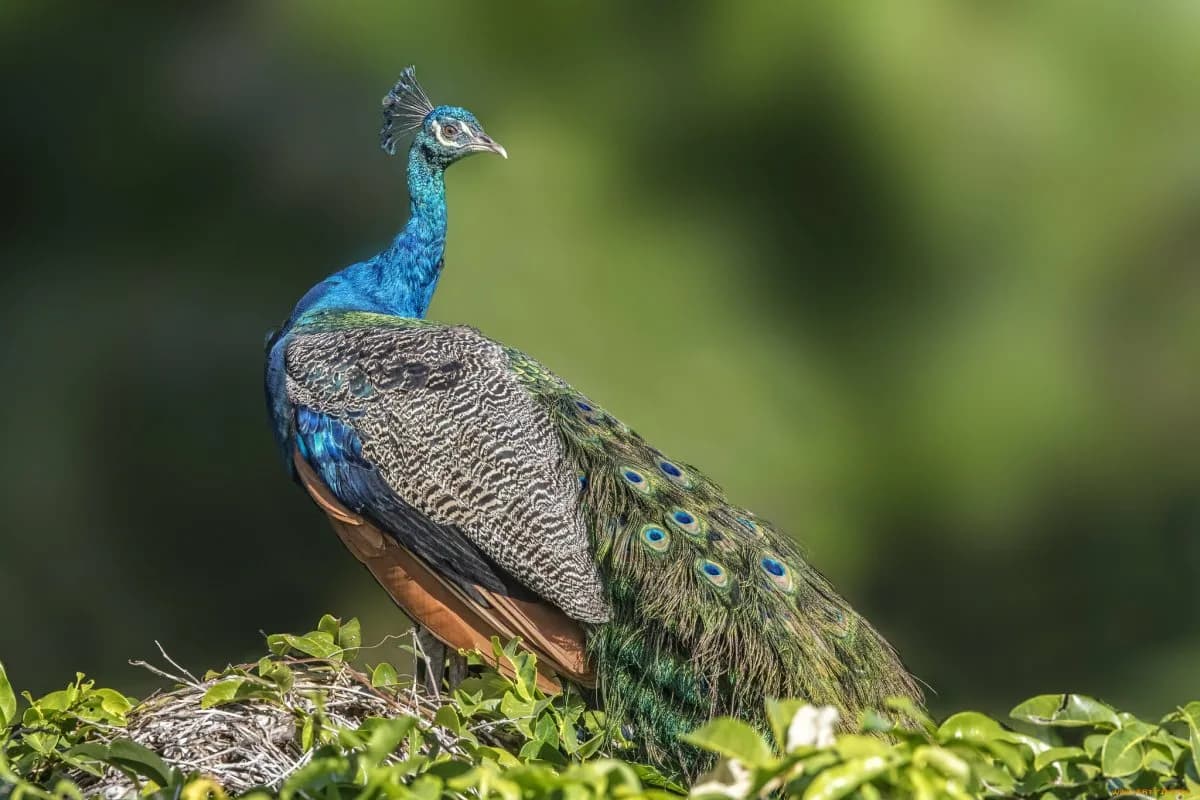
Not only is the Asian peacock known for its physical beauty, but it also holds cultural significance in various parts of the world. Through centuries, it has been depicted in art, literature, and mythology as a symbol of elegance, wisdom, and charm. For example, in Hindu mythology, the peacock is linked to the god of thunder, representing protection and good fortune.
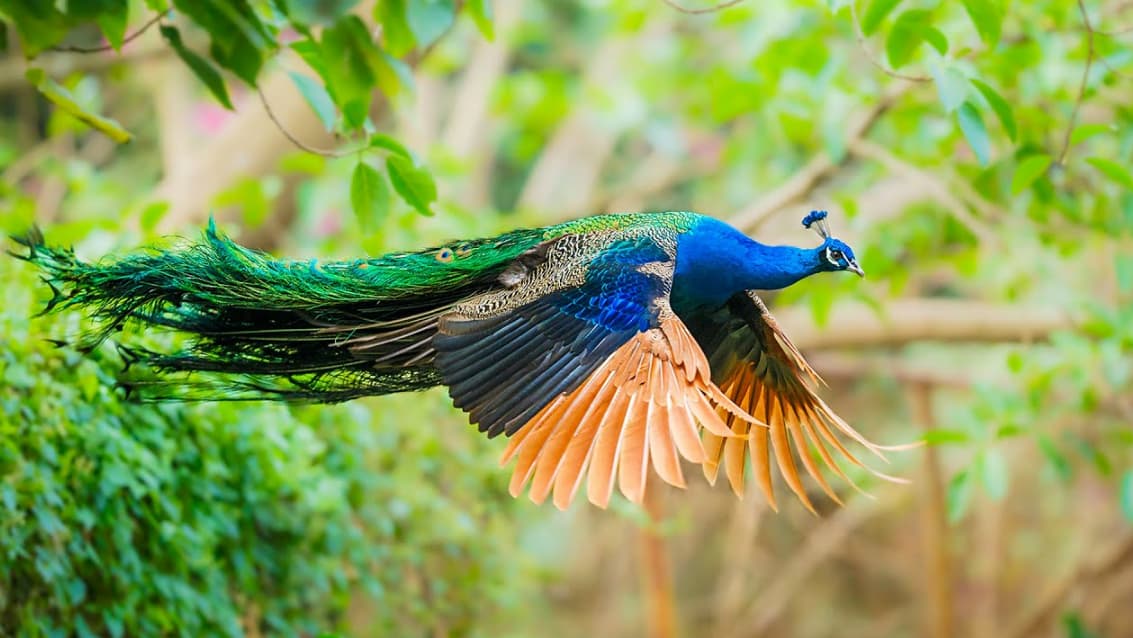
Birds hold a significant place in Chinese culture, representing beauty and good fortune, bringing happiness to those who encounter them.
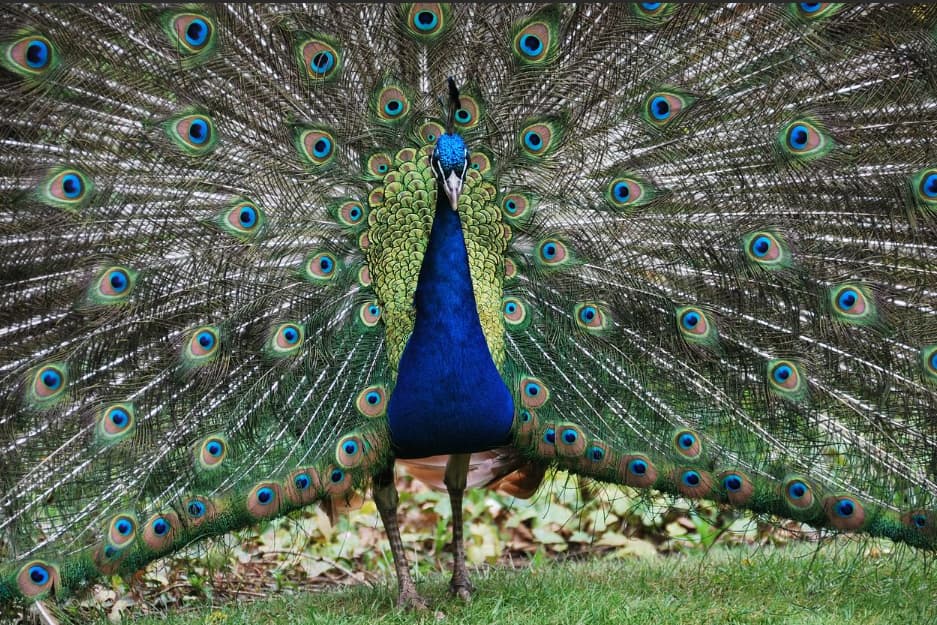
The Asian peacock has long been a popular subject in both photography and art. Its vibrant colors and intricate patterns have drawn many artists and photographers, who have captured its beauty in countless works of art. Whether it’s a photograph of a peacock in full display or a painting of its feathers, the Asian peacock has served as a source of inspiration for countless artists throughout history.
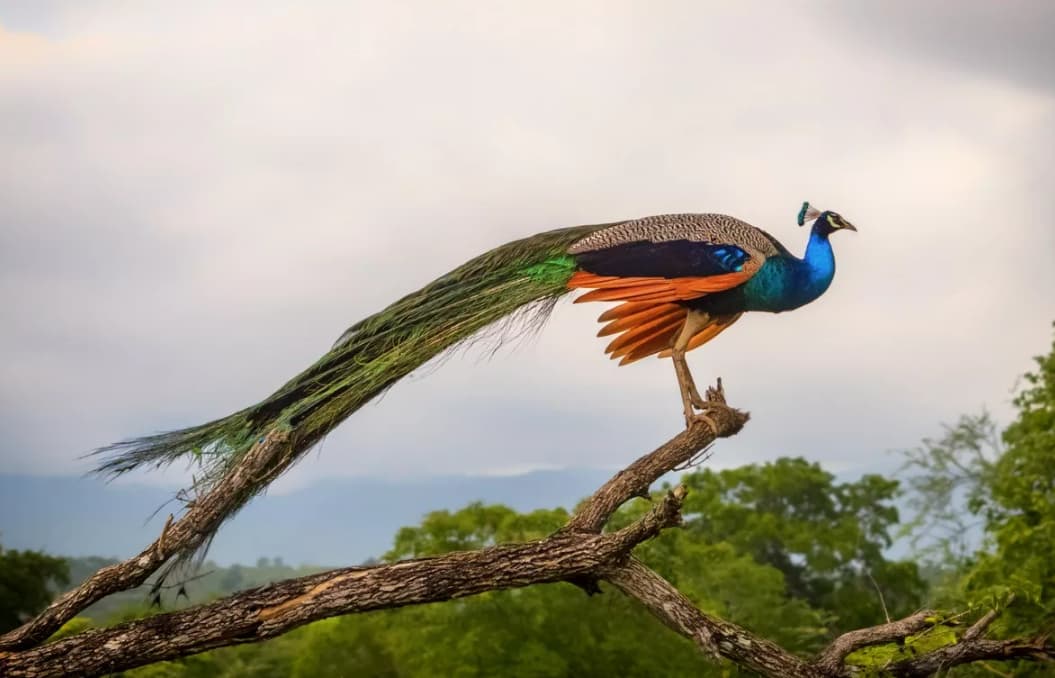
The Asian peacock is a fascinating bird because of its ability to change the color of its feathers. When not displaying its train, the feathers appear to be a dull brown color. However, when the peacock fans out its feathers, the colors become vibrant and eye-catching. This phenomenon is due to the structure of the feathers, which are composed of small microstructures that reflect light in various ways. By shifting the angle of its feathers, the peacock can create a stunning display of colors that is truly breathtaking.
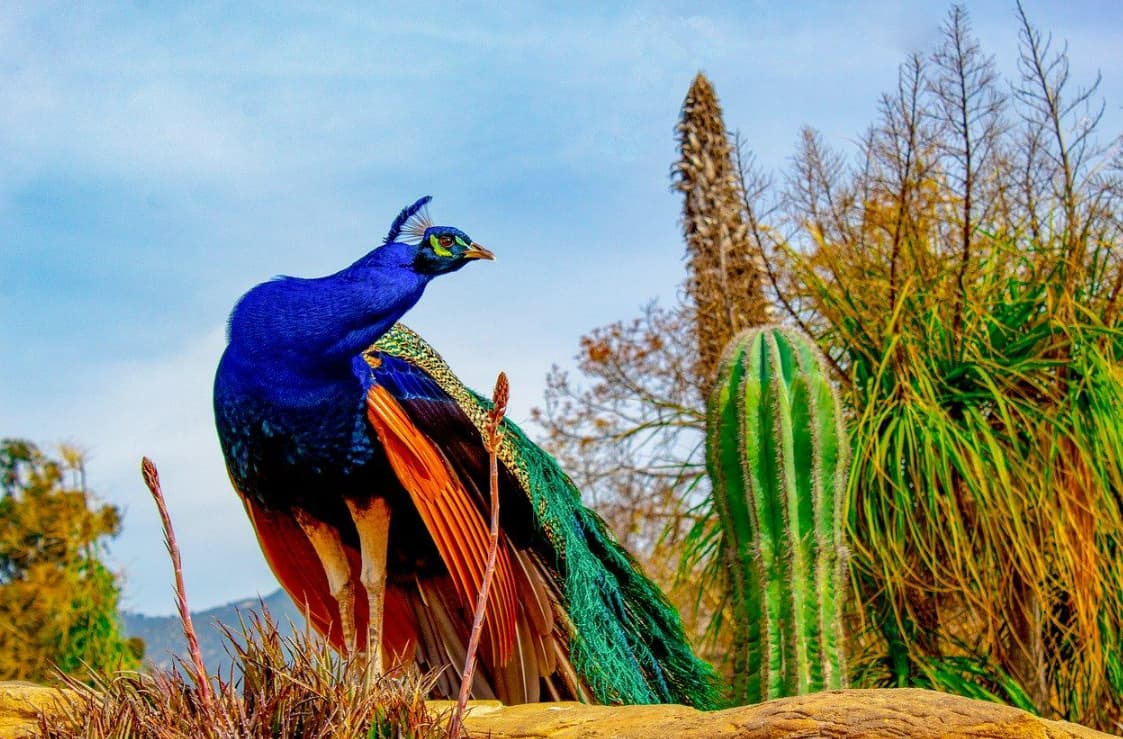
To summarize, the Asian peacock is a stunning creature that has captured the hearts of people around the globe. Its striking colors, elaborate patterns, and graceful movements make it one of the most beautiful birds in existence. Whether it’s displaying its feathers to attract a mate or lounging in the sun, the Asian peacock is truly a sight to behold. As a cultural icon and a symbol of beauty, grace, and wisdom, this magnificent bird will continue to fascinate and inspire generations to come.
